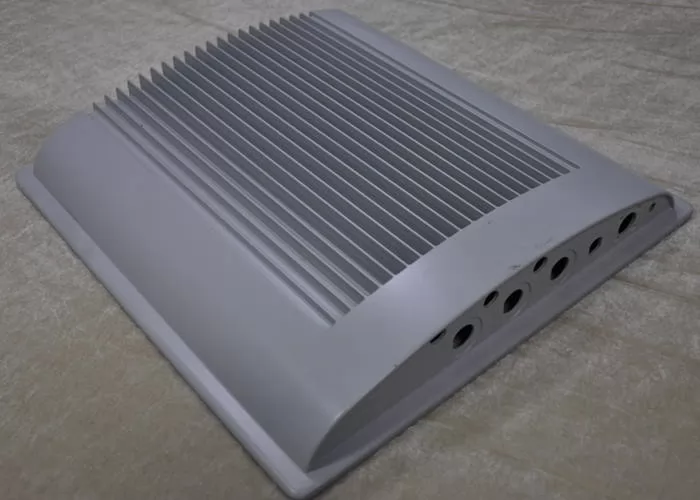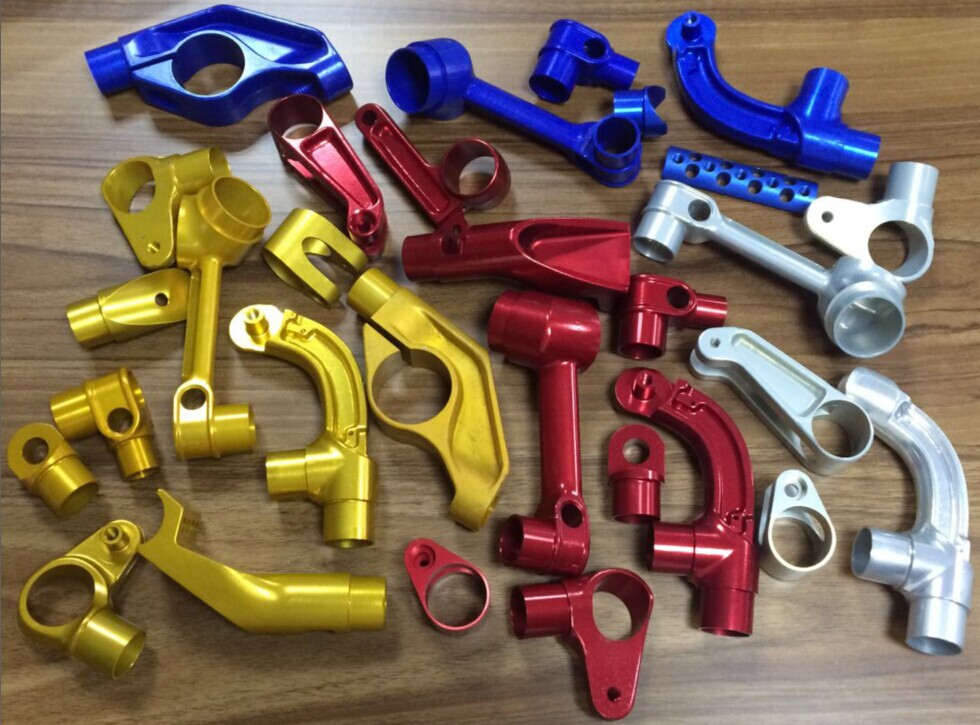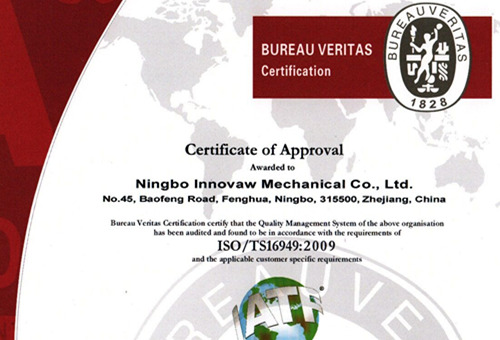Aluminum alloy pressure casting is abbreviated as aluminum alloy die-casting. It is a casting method in which a molten alloy liquid is poured into a pressure chamber to fill a cavity of a steel mold at a high speed, and the alloy liquid is solidified under pressure to form a casting. The main features of die casting that distinguish it from other casting methods are high pressure and high speed.

(1) The molten metal fills the cavity under pressure and crystallizes and solidifies at a higher pressure. The common pressure is 15-100 MPa.
(2) The molten metal fills the cavity at a high speed, usually at 10-50 m/s, and some may exceed 80 m/s (the linear velocity through the ingate into the cavity - the gate speed), so the metal The filling time of the liquid is extremely short, and the cavity can be filled in about 0.01 to 0.2 seconds (depending on the size of the casting). Die casting machines, die-casting alloys and die-casting molds are the three major elements of die-casting production and are indispensable. The so-called die-casting process is to organically combine these three elements to enable stable, rhythmic and efficient production of qualified castings, even high-quality castings, with the appearance, good internal quality, dimensional conforming to drawings or agreements.
Introduction to the fluidity of aluminum alloy die casting:
Fluidity refers to the ability of an alloy liquid to fill a mold. The amount of fluidity determines whether the alloy can cast complex castings. The eutectic alloy has the best fluidity in aluminum alloy die casting.
There are many factors affecting the fluidity, mainly the solid particles of the composition, temperature and metal oxides, metal compounds and other pollutants in the alloy liquid, but the external fundamental factors are the pouring temperature and the pouring pressure (commonly known as pouring indenter). High and low.
In actual production, in addition to the smelting process (refining and slag removal), the mold processability (sand mold permeability, metal mold venting and temperature) must be improved without affecting the alloy. Under the premise of casting quality, the pouring temperature is increased to ensure the fluidity of the alloy.
Copyright statement: The content of the article is extracted from the network. If there is any infringement, please contact us to delete it!






.png)


.png) +86-574-83036520
+86-574-83036520 +86-574-83008051
+86-574-83008051 sales@innovaw.com
sales@innovaw.com

.png)

.png)
.png)
.png)

.png)
.png)
.png)









.png)
